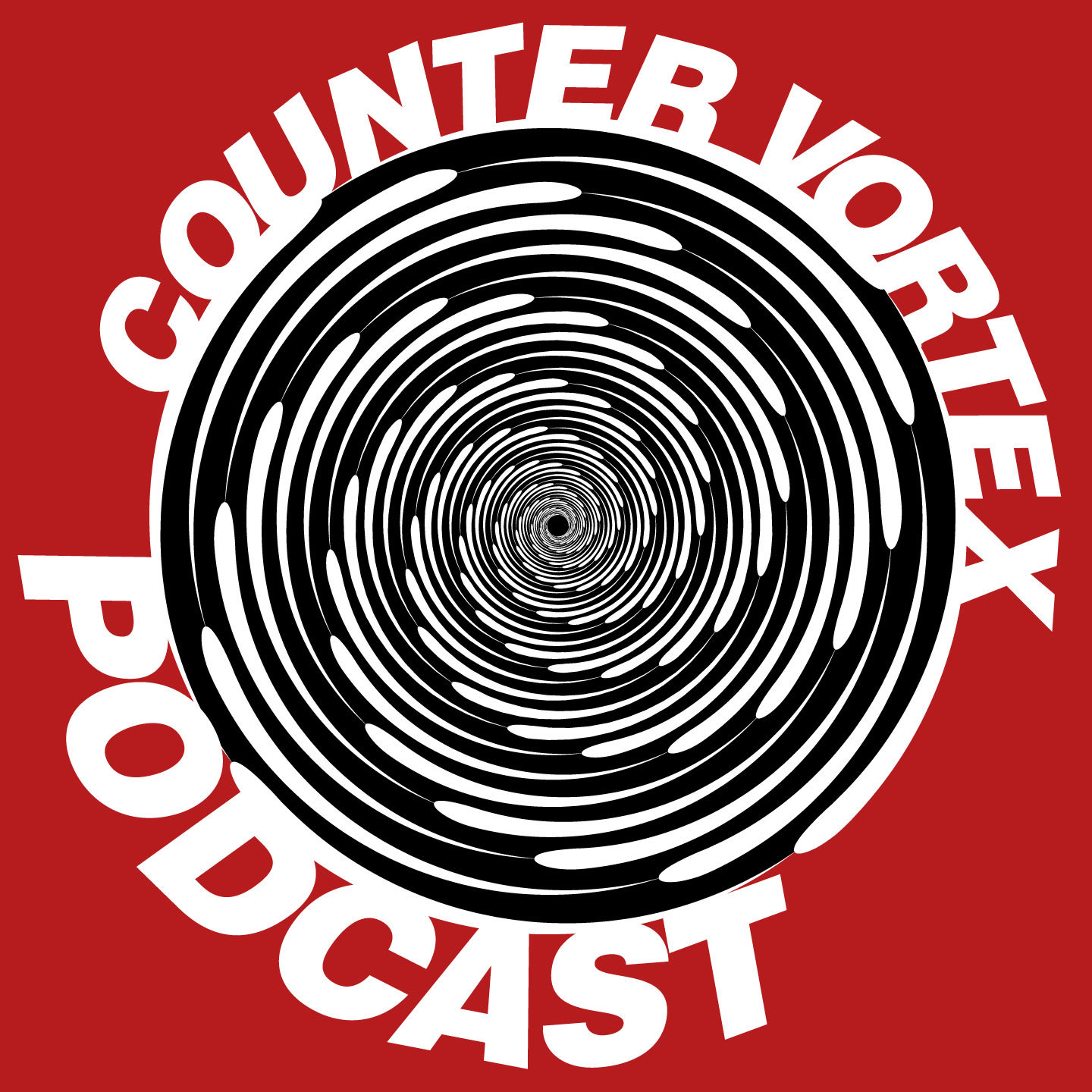by Weekly News Update on the Americas
COCALEROS BLOCK ROADS
On Feb. 17, campesino coca growers (cocaleros) in the Peruvian district of
Tocache, in the Huallaga valley in San Martin region, began an open-ended
strike to protest the recent aerial spraying of pesticides by the Peruvian
National Police (PNP) over coca fields and other crops. Both the Interior
Ministry and the government’s anti-drug office denied they had conducted
any such spraying as part of recent anti-drug operations in the zone. The
strike was called by the Committee of Struggle in Defense of the
Environment and Ecology of Tocache, which said numerous local residents,
especially children, were suffering health effects from the spraying. Some
6,000 campesinos blockaded the Federico Basadre highway between Puerto
Pizana and Tocache, halting all cargo and passenger transport, and staged
demonstrations in the town center of Tocache. Tocache residents are
demanding that the government send a high-level commission to verify the
effects of the spraying. (La Republica, Lima, Feb. 22, 23; Prensa Latina,
Feb. 24)
Tocache mayor Pedro Bogarin told Agence France Presse that the province is
against drug trafficking and supports police anti-drug actions, but rejects
that "for a desperate action they are using internationally condemned
methods such as [aerial] fumigation." According to Bogarin, "There are at
least 30 people affected, including a little girl, with digestive poisoning
because a white milky substance was dropped over the zone, especially in
the village of Pisana." Bogarin said he has a video proving the
allegations. (AFP, Feb. 21)
On Feb. 23 and 24, the National Confederation of Agricultural Producers of
the Cocalero Basins of Peru (CONPACCP) supported Tocache residents in
protesting the spraying with a 48-hour strike in neighboring Ucayali and
Huanuco regions. Businesses and public offices were closed in Aguaytia, and
in Tingo Maria bus and truck transport was affected. Campesinos marched on
Feb. 24 in the town centers of Tingo Maria and Aguaytia to protest the
fumigation, which they said had affected other crops besides coca. (LR,
Feb. 24, 25)
On Feb. 24, agricultural and other grassroots organizations met in Tocache
and reportedly agreed to lift the strike. The decision came as the police
and Tocache mayor’s office threatened to use force to unblock the roads if
necessary. (LR, Feb. 25)
Meanwhile, one campesino died and two were injured as a result of a
confrontation with stranded passengers at a roadblock in Asillo district,
Puno region, in southern Peru. Asillo residents have been on strike since
Feb. 17, demanding the resignation of mayor Antolin Huaricacha, who they
say embezzled municipal funds. (LR, Feb. 23)
REBELS KILL THREE POLICE
On Feb. 20, a presumed column of the Maoist rebel group known as Sendero
Luminoso (Shining Path, or SL) attacked a unit of the Peruvian highway
police just outside Tingo Maria (Huanuco region) on a stretch of the
Federico Basadre highway linking Tingo Maria to Pucallpa (Ucayali region)
in Peru’s central forest region. According to press reports, the group of
20 rebels killed three officers, took their weapons and burned their Land
Cruiser police vehicle. Before leaving the scene, the attackers reportedly
painted a hammer and sickle on the asphalt and left a red flag marked with
the initials SL. They also apparently left a sign reading "We demand a
political solution to the problems derived from the people’s war," a slogan
used by SL members in Peru’s jails. Police in Tingo Maria say the attack
was carried out by a Sendero Luminoso column made up of followers of
"Artemio," head of the SL’s Regional Committee of Huallaga, and was led by
Artemio’s lieutenant, Hector Aponte Sinarahua, alias "Clay." An SL column
under Artemio’s command was blamed for two similar attacks last June in
Aguaytia, Ucayali, in which a Navy officer and two police agents were
killed. (La Republica, Lima; AFP, Feb. 21)
Other reports suggest that traffickers of illegal lumber, contraband
gasoline or drugs might be responsible for the Feb. 20 attack. Interior
Minister Felix Murazzo told the Lima daily La Republica that he believes
the attack was carried out by the SL in response to anti-drug operations in
the Huallaga valley in recent days, in which the Peruvian National Police
(PNP) destroyed 29 coca leaf maceration pits (where the leaves are crushed
into coca paste, the main ingredient in cocaine). According to Murazzo, the
SL is linked to drug trafficking and sought to pressure area residents to
observe a strike called by cocaleros for Feb. 23 and 24. Murazzo said a
link between the SL column and gasoline trafficking gangs had not been
ruled out; he admitted that it is still not clear who carried out the
attack. Elsa Malpartida, secretary of organization for the National
Confederation of Agricultural Producers of the Cocalero Basins of Peru
(CONPACCP), denied that cocaleros had anything to do with the attack.
Initial rumors suggested that the police agents who were killed were taking
bribes from illegal gasoline traffickers, and that the attack was a
settling of accounts. Murazzo said there would be an investigation into
whether any police agents are involved in the profitable contraband
gasoline trade. Gasoline is sold tax-free in Pucallpa, making it 60%
cheaper than in the rest of the country, and its sale is officially
restricted. (LR, Feb. 22)
From Weekly News Update on the Americas, Feb. 27
CAMPESINOS DEMAND MINE CLEANUP
On Feb. 1, a group of ronderos–organized campesinos–seized the San
Nicolas mine in Hualgayoc province, in the northern Peruvian department of
Cajamarca, to demand the decontamination of the Tingo-Maygasbamba river,
which supplies drinking water to some 12,000 local residents. The
occupation began after authorities from the Energy and Mines Ministry
finished an inspection of the decontamination efforts being carried out by
the owner, who is in the process of shutting down the mine. The ronderos,
who had requested the government inspection, waited until authorities left
and then took about 15 of the mining camp’s workers and security guards
hostage and blocked all entrances to the mine, allowing only water and food
to be brought in for the hostages. At a meeting with provincial and
departmental authorities on Feb. 2, the ronderos gave the government 72
hours to force the mining companies to make good on their promise to clean
up the river.
Last Oct. 11, representatives of the San Nicolas, Goldfield, Corona,
Coimolache and Colquirrumi gold mines had promised regional authorities and
the ronderos that in 30 days they would begin the cleanup of the Tingo
river and would build water purification plants. None of the mining
companies have done so to date. Local residents have been complaining about
the mining pollution for 40 years, but the problem worsened over the past
decade as the river water turned thick and yellowish from chemicals dumped
by the mining companies. Many local residents suffer from gastritis,
allergies and skin diseases. Regional mining director Genaro Carrion
admitted that the Tingo river is severely contaminated and that the San
Nicolas mine has proven the worst polluter. (LR, Feb. 2, 3) Energy and
Mines Ministry adviser Felipe Qea confirmed that San Nicolas was fined five
times since 2000 for failing to comply with the terms of a closing plan and
an environmental management program, among other issues. Qea said the
Mining Council always managed to find legal loopholes to suspend the
sanctions.
The ronderos ended the occupation of the San Nicolas mine on Feb. 5 after
reaching an agreement with a high-level commission of the Energy and Mines
Ministry. Under the terms of the agreement, the ronderos will have direct
control, through their representative organizations, of cleanup
enforcement, starting with a Feb. 22 meeting with the 12 mining companies
that operate in Hualgayoc province. At the meeting, the ronderos and the
mining companies will establish a timetable for the companies to clean up
the Tingo-Maygasbamba river. The ronderos will also inspect the San Nicolas
mine on Feb. 23 to challenge company claims that the mine is not polluting.
(LR, Feb. 6)
RIGHTS VIOLATORS FREED
Peruvian judges have freed a number of people who have been jailed for more
than three years without a sentence, allegedly to comply with a
recommendation by the Inter-American Commission on Human Rights. On Jan.
25, the Lima Superior Court’s Fifth Special Criminal Chamber ordered the
release of Col. Fernando Rodriguez Zalbabescoa and noncommissioned officer
Nelson Carbajal Garcia. Rodriguez is one of the founders of the
paramilitary Colina group, responsible for torturing and murdering
government opponents; Carbajal was an operative of the group. Julio Chuqui
Aguirre has also been freed; he is accused in the Colina group’s November
1991 massacre of 15 people at a family barbecue in the Barrios Altos
neighborhood of Lima, and in its June 1992 abduction and disappearance of
La Republica journalist Pedro Yauri. The Fifth Special Criminal Chamber
also ordered the release of Cesar Hector Alvarado Salinas, charged in the
Barrios Altos massacre. Due to be released in April are two more Colina
group members: Orlando Vera, charged in the Barrios Altos case; and
Guillermo Suppo, accused in the Barrios Altos case and in the La Cantuta
case, involving the abduction and murder of nine university students and a
professor from the Enrique Guzman y Valle (La Cantuta) university. Supreme
Court of Justice president Walter Vasquez Vejarano said an investigation is
under way into the judges who allowed trials to be delayed for so long.
(LR, Jan. 31, Feb. 2, 5)
In late December eight generals linked to former security advisor Vladimiro
Montesinos Torres were freed after the 36-month rule was upheld by the
Constitutional Court. The generals were Walter Chacon Malaga, Orlando
Montesinos, Carlos Indacochea, Abraham Cano Angulo, Ricardo Sotero Navarro,
Luis Delgado de la Paz, Luis Alberto Cubas Portal and Juan Yanqui
Cervantes. Brothers Luis and Jose Aybar Cancho, linked to an arms
trafficking scandal that brought arms from Jordan to the Revolutionary
Armed Forces of Colombia (FARC), have also been freed. (LR, Feb. 6)
In other news, US Drug Enforcement Administration (DEA) informant Jose
Maria Aguilar Ruiz, nicknamed "Shushupe," was shot dead Feb. 1 in an
apparent contract killing in Peru’s Pucallpa prison. Aguilar was a key
witness in a drug trafficking trial against Vladimiro Montesinos. (LR, Feb.
2)
US activist Lori Berenson, serving a 20-year prison sentence in Peru on
terrorism charges for involvement in the Tupac Amaru Revolutionary Movement
(MRTA), sent a letter to supporters in which she analyzes the Nov. 25
ruling by the Inter-American Human Rights Court (CIDH), upholding her
sentence. Berenson notes that shortly before the CIDH was to rule in her
case, the Peruvian press sparked a public outcry by implying that a CIDH
ruling in her favor could lead to the release of all Peru’s jailed rebels.
The 182 members of the nationalist "Etnocacerista" group who were arrested
for a Jan. 1-4 armed siege led by Antauro Humala Tasso in the southern
Peruvian town of Andahuaylas have been jailed and are facing trial for
rebellion, murder and illicit association to commit a crime. They will not
face terrorism charges. The siege left four police agents and two Humala
supporters dead; it also led to the Jan. 10 resignation of
Interior Minister Javier Reategui Rossello, who was replaced by national
police chief Felix Murazzo. (LR, Jan. 15; El Nuevo Herald, Jan. 11)
From Weekly News Update on the Americas, Feb. 6
(http://home.earthlink.net/~nicadlw/wnuhome.html)
RESOURCES:
Lori Berenson’s letter is online at:
http://www.freelori.org/herownwords/05jan_community.html
——————-
Reprinted by WORLD WAR 4 REPORT, March. 7, 2005
Reprinting permissible with attribution
http://ww4report.com
Continue ReadingPERU: COCALEROS PROTEST SPRAYING, SHINING PATH ATTACKS


